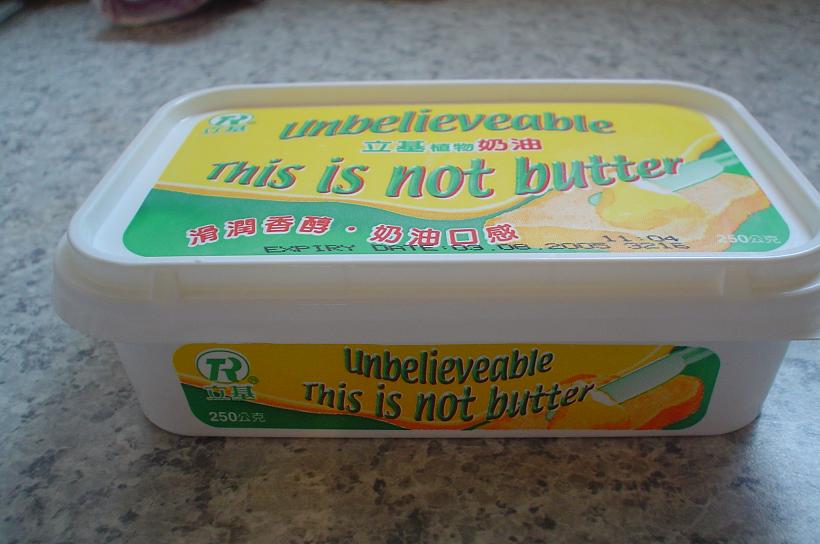
As a companion post to my vegan egg replacement guide, I thought I would enlighten you about the wonders of vegan butter. What is it, what brand is best, and do you even have to use vegan butter while baking anyway?
What is the difference between dairy butter, margarine, and vegan butter?
Butter is basically a stick of fat (mmmmm!). But don’t let that put you off of it. It’s super important in baking.
Dairy-based butters are made by churning the cream from cow milk/other animal milk until it forms a more solid butter. Today, dairy-based butters have to contain 80 percent fat, although some fancier brands contain more.
You might think that vegan butter is just made out of churned plant milk or something. But plant milks don’t have the necessary fat content to churn like cow’s milk.
Vegan butter is more like margarine. It’s typically made from oil and is meant to taste, look, and act just like butter.
Margarine is an oil-based butter substitute. It’s actually been around in some form for centuries. Despite being oil-based rather than dairy-based, it’s not always vegan, as it can contain whey or lactose. So if you’re avoiding dairy, be sure to check the ingredient list or just go with a certified vegan brand.
Why am I talking so much about non-vegan products? Well, it’s because butter (vegan or non-vegan) is super important when baking! It’s got a number of functions that you need to understand…
What is butter’s function in baking?
Texture
Ever had a baked good that was unappealingly dry and crumbly? Among other issues, it may not have had enough butter in it.
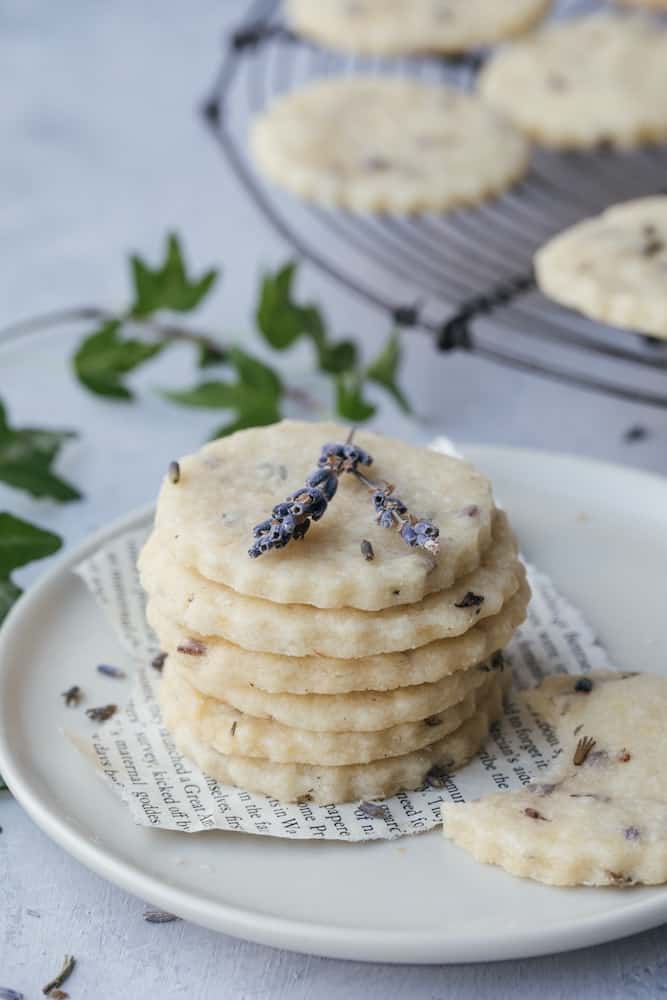
Basically, butter (and other fats) work by shortening gluten strands. Glutens are storage proteins that can stretch when worked with and heated. This creates the great texture you find in your bread.
When you create a dough or batter, the fat in the butter coats the flour (and these gluten strands), which slows down the gluten formation. The proteins don’t stretch as far as they would otherwise.
One clear way to see this difference is in bread. Compare a loaf of simple yeast-risen bread with no butter in it (like a baguette) to an enriched dough made with butter (like a hamburger bun). The baguette is a lot chewier on the inside, with a nice crust on the outside. The hamburger bun, on the other hand, is softer and easier to chew.
Leavening
Sure, the first thing you think of when you think of leavening (aka raising agents) is baking soda and powder. But butter also leavens baked goods.
Think of puff pastry or croissants. These baked goods rely on butter to give them their texture. To make them, you create folds of dough with butter inside each layer. When baked, the steam from the butter causes the pastry to rise, while the fat from the butter causes it to get flaky.
Similarly, whipping air into butter at the beginning of a recipe also helps make for lighter baked goods.
Flavor
Fat helps give a surprising amount of flavor. It makes your baked goods have a nice, tender mouthfeel.
Butter itself also has a creamy, salty… well, buttery flavor. Vegan butter replicates this, so your shortbread will taste just as good as its non-vegan counterpart.
What is the difference between brands?
This post aims to give you a general overview about vegan butter, rather than recommending one brand over another. But if you want specific recommendations, Food 52 has written a great article about ten different brands of vegan butter you can buy. It’s all a matter of opinion, obviously. But it will give you a good rundown of some of your butter options.
Here are some more general things you can look for when going to purchase vegan butter from your local supermarket.
Ingredients
Vegan butters are usually made of oil, salt, cultures, and flavorings. In the past, vegan butters were more like traditional margarines, composed just of oil. But more recently, companies have been adding nuts such as cashews and macadamia nuts for added creaminess.
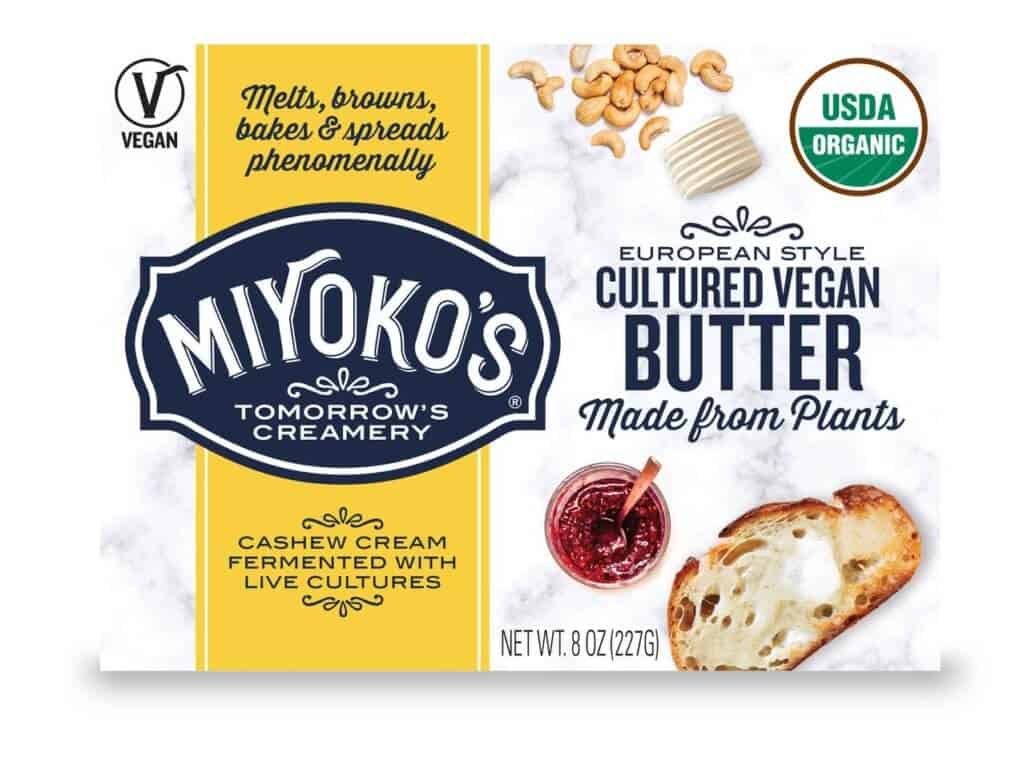
I tend to prefer these nut-based butters for baking, as I find that the oil-based butters make for greasier baked goods. I would also rather eat coconut oil and cashews (the ingredients of my favorite butter, Miyoko’s) than canola oil.
But obviously, if you’re allergic to nuts, you may have to prioritize going with an ingredient list that you’re not allergic to.
Different brands use different types of oil. A lot of newer brands seem to be using coconut oil – which is a great choice for reasons I’ll talk about later! But you can also find butters made of sunflower, canola, or olive oil.
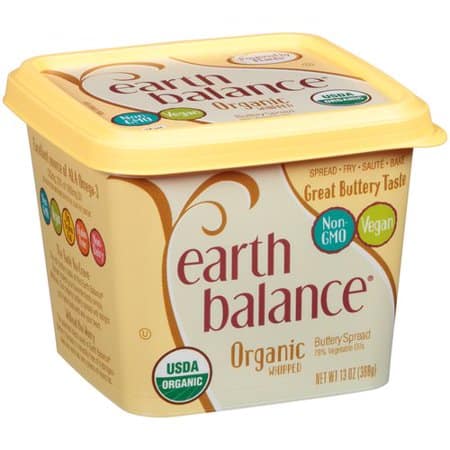
It should be said that some brands, such as Earth Balance, use palm oil as a base. If you’ve been in conservation circles for any amount of time, you’ll know that palm oil is bad news for the environment. This seems at odds with a vegan product, aimed at environmentally-conscious consumers, right?
In 2015, the company committed to only using sustainable palm oil, which is a positive step. Still, palm oil is a controversial product that many people are trying to avoid. You may want to take it into consideration when you’re purchasing a butter substitute.
Price
Unfortunately, vegan butter can get pricy AF if you’re baking a lot. Especially if you’re buying from your local organic supermarket that up-prices everything.
Certain brands aren’t that much more expensive than dairy butters, but some more artisanal brands can get to be seven to ten dollars per package. Yikes!
If you really like a certain brand, you may also be able to shop around and find better deals. We’ve found Miyoko’s butter for two dollars cheaper at Trader Joe’s than at our expensive organic grocery store.
Sticks vs containers
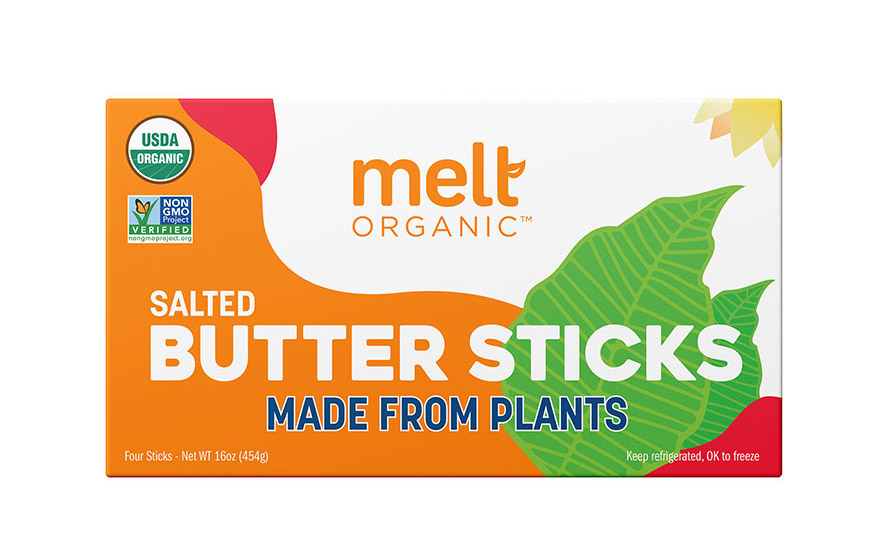
Vegan butter used to just come in margarine-like plastic tubs. However, there’s a lot more products on the market these days! You may want to go with a brand just because you prefer the convenience of butter sticks. (Hey, I’m not judging what’s most important to you.)
What’s actually available to you
I live in Portland with an organic grocery nearby, so I have quite a few options to choose from. But I recognize that not everyone has the same amount of choice when it comes to vegan food. And every country has their own brands. So I’d recommend trying the different brands your local store sells and going with whatever works best for you.
Do I have to use vegan butter?
Using vegan butter can be really nice. If you baked with dairy butter for years before becoming vegan, it can be nice to know that you have a product in your fridge that functions the same way.
It also has a nice taste. I especially like to use it in recipes where I want a buttery flavor – such as shortbread – or when I’m making pastries. I managed to make a decent batch of croissants with vegan butter!
But a lot of recipes don’t actually require you to use vegan butter.
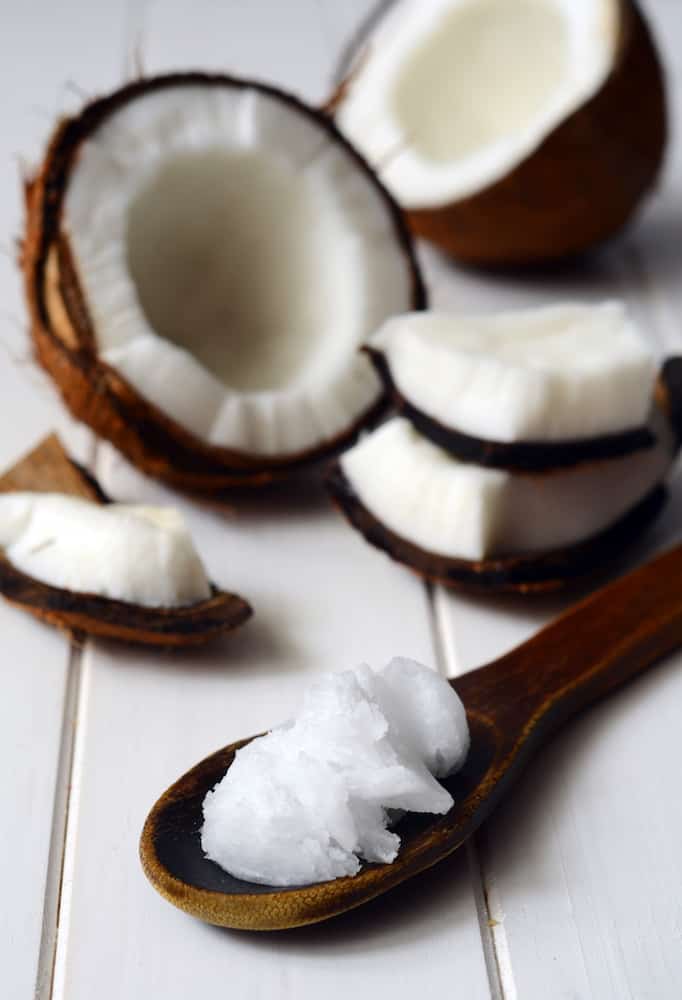
The best substitute I can recommend is coconut oil. It’s hard at cooler temperatures, and liquid when you warm it – just like butter! It can even cream with sugar kinda like butter.
You might not be able to make complex, many-layered pastries with coconut oil, but for your average cookie or muffin, coconut oil is an effective butter replacement.
Downsides to coconut oil: it can be just as expensive as vegan butter if you buy it at the supermarket. My family buys it fairly inexpensively in bulk and uses it for both baking and cooking. It lasts us a long time, and it’s a decent price.
Another possible downside: unrefined coconut oil does have a coconutty taste. I love coconut and don’t mind the extra hint of flavor. But if you dislike coconut, this may deter you from it.
Other oils (canola, vegetable, olive) can also work in recipes where you need melted butter. For instance, using a liquid fat in banana bread makes it dense and soft.
However, some recipes need a more solid fat. Pastry, for instance, needs cold, solid fat to get that nice flakiness. Liquid oil won’t work here.
That’s why coconut oil is your most versatile choice (besides prepackaged butter).
I hope this guide was informative and helped you understand the science behind vegan butter!

Leave a Reply
You must be logged in to post a comment.